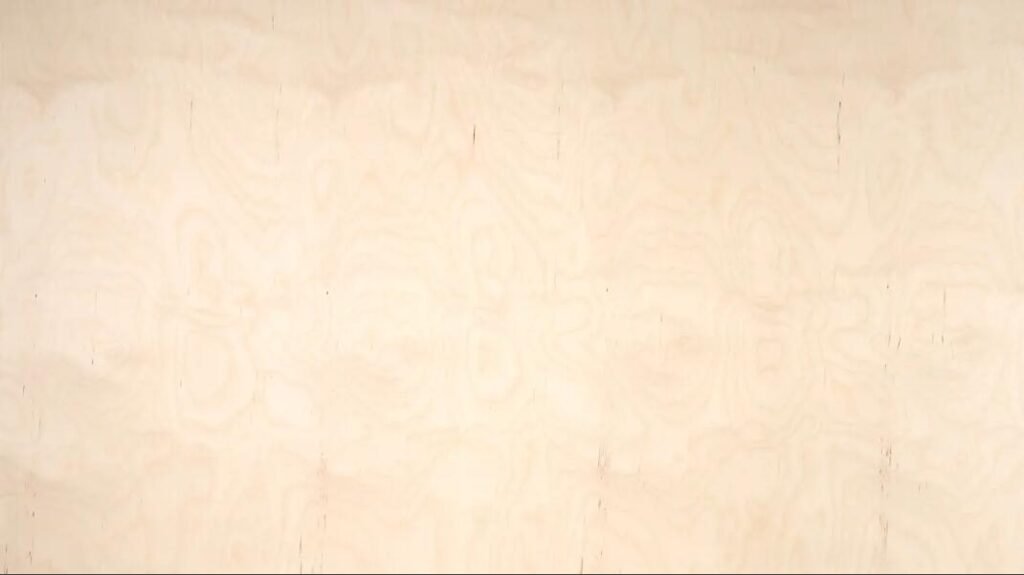Beech veneer
The color of beech veneer ranges from a faint pink to a creamy reddish light brown. Other names for this veneer include European beech and steamed beech. It has a tight, consistent grain, a smooth, silky texture, and strength. Small silvery pith rays in beech give the wood a faint gloss of luster. It takes stains and finishes well, but to maintain the warmth and raw beauty of the wood, it is frequently given a clear coat finish.
Beech is a light-colored wood that can range in hue from cream to light brown and even take on a pinkish appearance. Since the top layer is made of actual wood, it ages with time. When exposed to daylight, this is strengthened. It is crucial to varnish or oil beech wood, for this reason. Due to its lack of color and flavor, beech wood does not interfere with the quality of food when it comes into contact with it. This is the reason why using this kind of wood in the kitchen is so common. Although beech wood has a quiet structure and texture, it does have one. When you drill into this upper layer, it is vulnerable to burning.
Download beech plywood catalog
Beech plywood veneer grade catalogue

beech veneer faced plywood
Beech is one of the most popular woods in Europe due to its warm, natural appearance, clear color, and fine grain.
A species native to Europe, beech is primarily found in Western and Central Europe. Beech is a large-sized species when compared to other species found in Europe. Additionally, due to inconsistent annual ring production, the Beech tends to have a high stress in some areas and buckles.
The wood type beech is neutral and warm, and it has a fairly regular and dense structure.Pink to pale red, white to light brown, but even darker yellow and brown, can be used to characterize the color.Most of the production-based forests in Europe, West Asia, North America, and Japan are used to extract this sort of wood.We don’t utilize glue with a formaldehyde base or volatile organic compounds (VOCs) in our production.Almost any technological or sustainability criterion can be met by beech.
Beech veneer is offered as a constructional veneer, as well as crown cut and quarter cut options. Although slightly twisted fibers may occasionally be found in very thick trees, the grain is thin and the fiber is straight. The spring area is significantly wider and lighter in color than the summer area, and growth rings are routinely distinguished.
Its hues range from orange-white to a pink or reddish-brown that is either more or less strong. The heartwood of beech trees frequently turns brown as they age because the sapwood and heartwood are not easily distinguished.
In Europe, beech veneer is a significant and commonly utilized timber. It is often a light cream tint, perhaps with pink or brown undertones. Due to the necessity of steaming wood before cutting it into veneer, which gives the wood a more golden hue, veneer has a tendency to be slightly deeper in color. Quartersawn surfaces have a silvery fleck pattern, while flatsawn surfaces are frequently extremely plain.


Specifications(Panel Size)
| Thickness | 1.5mm/2mm/3mm/4mm/5mm/6mm/9mm/12mm/15mm/16mm/17mm/18mm/22mm/25mm/40mm |
| Size | 1220*2440mm/1250*2500mm/1525*1525mm |
| Faces | Beech veneer both sides, sanded,Suitable for decorative use |
| Thickness Tolerance | ±0.2mm |
| Surface Treatment | Polished/Non-Polished |
| Moisture Content | 6%~9% |
| Density | 660-730kg/m3 |
| Glue emission level | E0, P2, WBP,MR |
Beech Plywood Core Construction
Thickened poplar birch core
Eucalyptus core
Birch core
Poplar core






